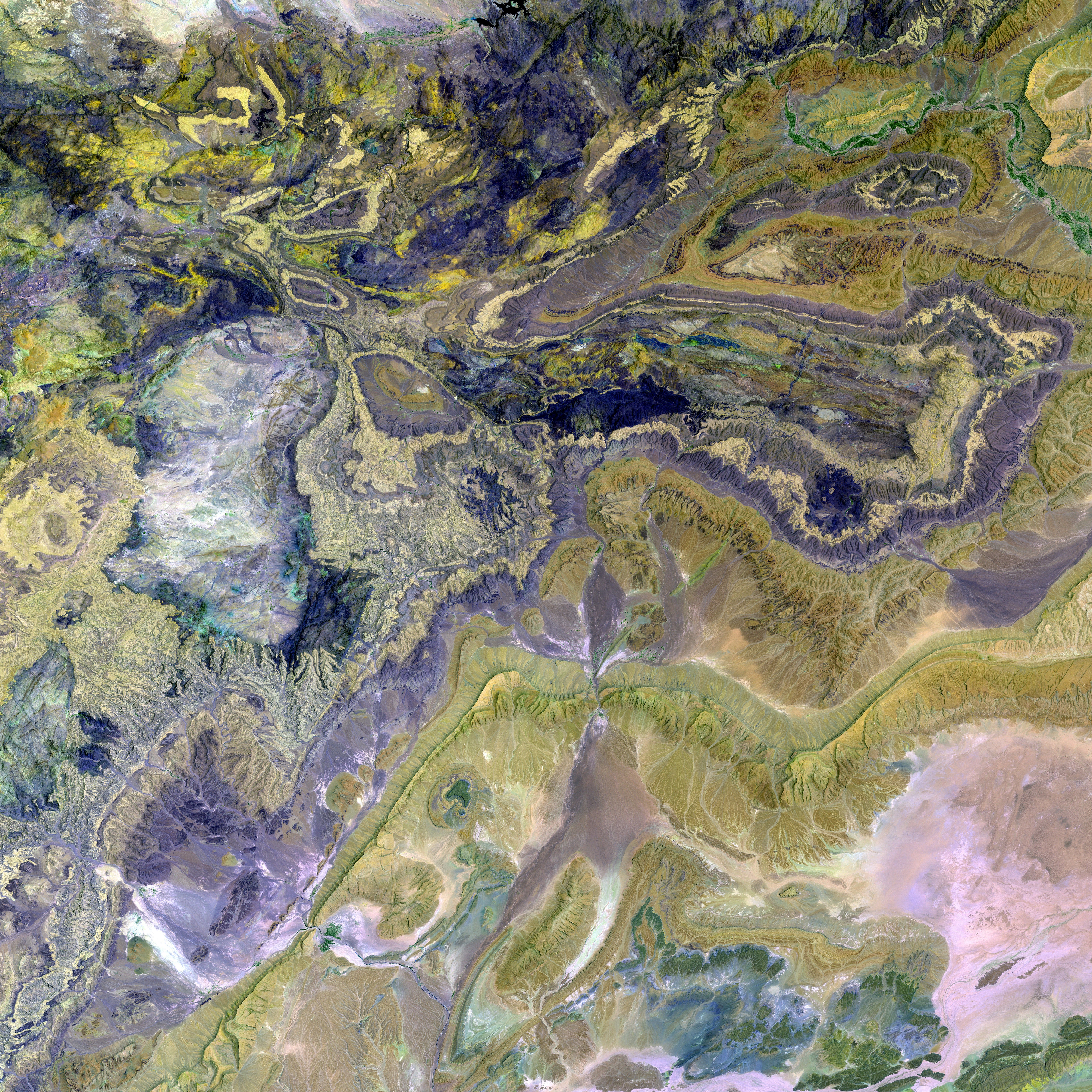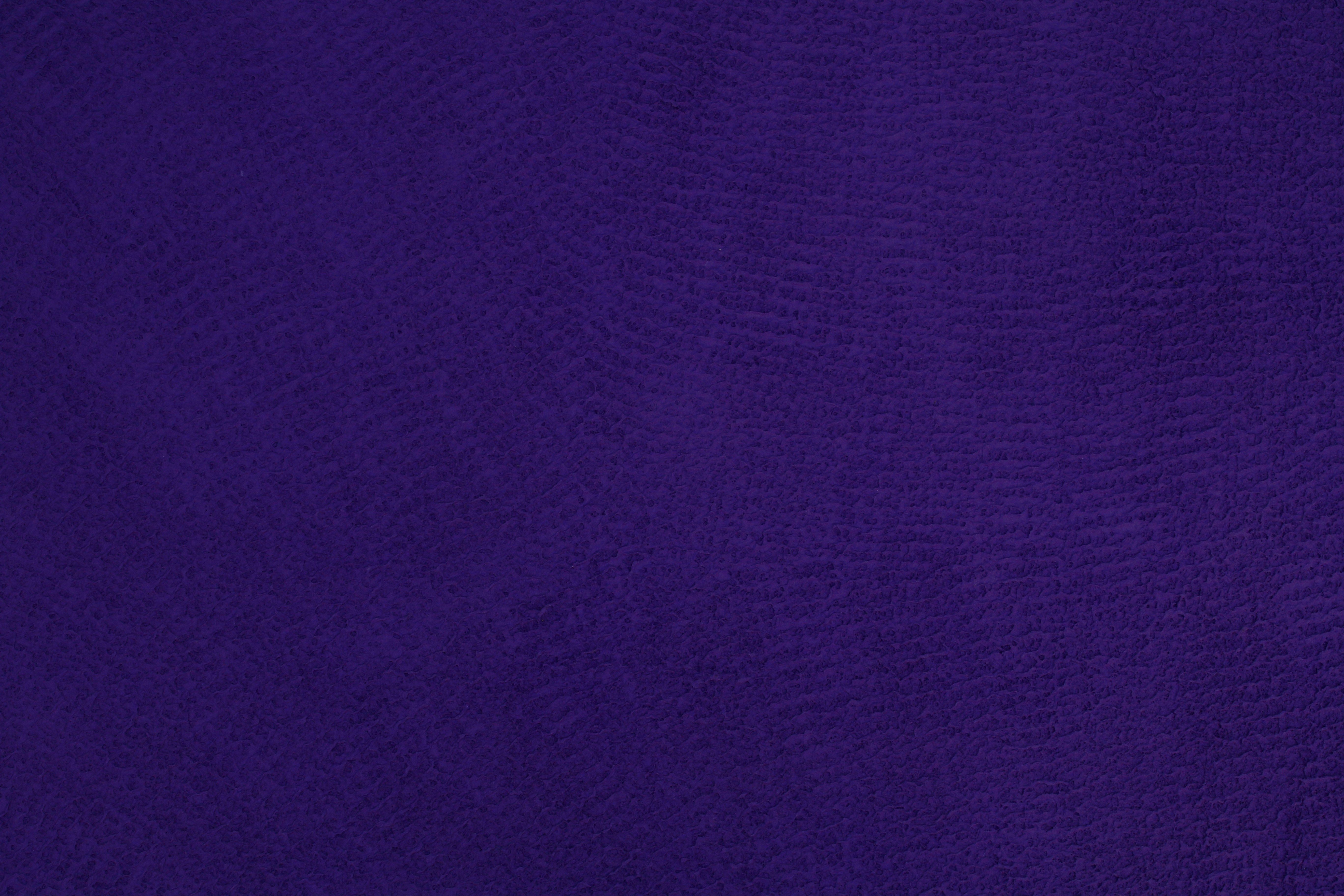Rapid and severe rosacea: Understanding causes, signs, and remedies
Rosacea Fulminans: A Severe, Rapid-Onset Skin Condition
Breaking it down, rosacea fulminans is a rare and intense skin inflammation ailment. Suddenly emerging, it predominantly targets the central face area such as the chin, cheeks, and nose.
Known alternatively as pyoderma faciale, this condition presents as flushed, swollen, and painful nodules and zits, which can converge. Unlike regular rosacea or acne, these symptoms are more severe and manifest quickly.
Though primarily affecting women of childbearing age, the underlying cause remains a mystery. According to some 2020 research review, there might be a link to inflammatory bowel disease, pregnancy, or if someone has had previous rosacea.
Various remedies may offer relief, including corticosteroids, isotretinoin (Accutane), and even stress management and diet modification.
Underneath the Surface: What Causes Rosacea Fulminans?
The specific cause of rosacea fulminans remains elusive, but a 2020 study puts forth some possibilities – including connections to inflammatory bowel disease, pregnancy, and preexisting rosacea.
Some key triggers might be:
- Emotional stress: High stress levels can aggravate rosacea fulminans.
- Hormonal fluctuations: Changes in hormone levels can trigger or worsen the condition.
- Certain medications: Specific medications, though not widely detailed, might initiate rosacea fulminans.
Moreover, a 2021 literature review suggests that certain dietary factors could also be a trigger, such as alcohol, spicy foods, or foods rich in cinnamaldehyde (like chocolate, tomatoes, or citrus fruits).
Avoiding these and seeking medical attention is crucial for effectively managing symptoms.
Symptoms to Watch Out For
Characteristic symptoms of rosacea fulminans primarily affect the forehead, nose, cheeks, and chin, including:
- Sudden onset of severe, localized skin color changes, such as redness.
- Painful pustules, papules, and nodules that may merge.
- Swelling and inflammation.
- Flushing and blushing.
- Stinging and burning.
Some may experience ocular symptoms such as dry, burning, or itching eyes, and light sensitivity. Systemic symptoms like fever and fatigue are unusual.
Treatment Options and Lifestyle Adjustments
Potential treatments for rosacea fulminans may encompass oral isotretinoin, corticosteroids, and in some instances, stress management and dietary changes.
In certain cases, combining antibiotics, corticosteroids, and lifestyle adjustments can help alleviate symptoms. Reducing stress, making dietary changes, and using gentle skin care products could serve as beneficial lifestyle modifications.
When to Seek Professional Help
If you:
- experience symptoms beyond regular rosacea or acne, like large, tender nodules, abscesses, significant facial discomfort, or notice eye inflammation or irritation.
- have a sudden onset of symptoms.
- have symptoms that persist or worsen despite trying over-the-counter medications or rosacea therapies.
- experience systemic symptoms, including fever.
Promptly seeking medical attention from a dermatologist or healthcare professional is essential for an accurate diagnosis and to initiate treatment. Early intervention can help manage symptoms, reduce complications, and improve overall quality of life.
In summary, rosacea fulminans is a rare and intense skin inflammation ailment that affects the central face. Triggers such as stress, hormonal fluctuations, and certain medications could exacerbate the condition. Adequate management and consulting a healthcare provider are crucial for effective symptom control.
- Despite the research review in 2020, the exact cause of rosacea fulminans continues to be unclear, with potential links to inflammatory bowel disease, pregnancy, or preexisting rosacea.
- Triggers for rosacea fulminans may include emotional stress, hormonal fluctuations, specific medications, alcohol, spicy foods, or foods rich in cinnamaldehyde.
- When managing rosacea fulminans, it's essential to consider treatment options such as oral isotretinoin, corticosteroids, and stress management, as well as dietary changes and the use of gentle skin care products.
- If you experience large, tender nodules, significant facial discomfort, eye inflammation or irritation, a sudden onset of symptoms, or systemic symptoms like fever, it's important to seek help from a dermatologist or healthcare professional for an accurate diagnosis and prompt treatment.








